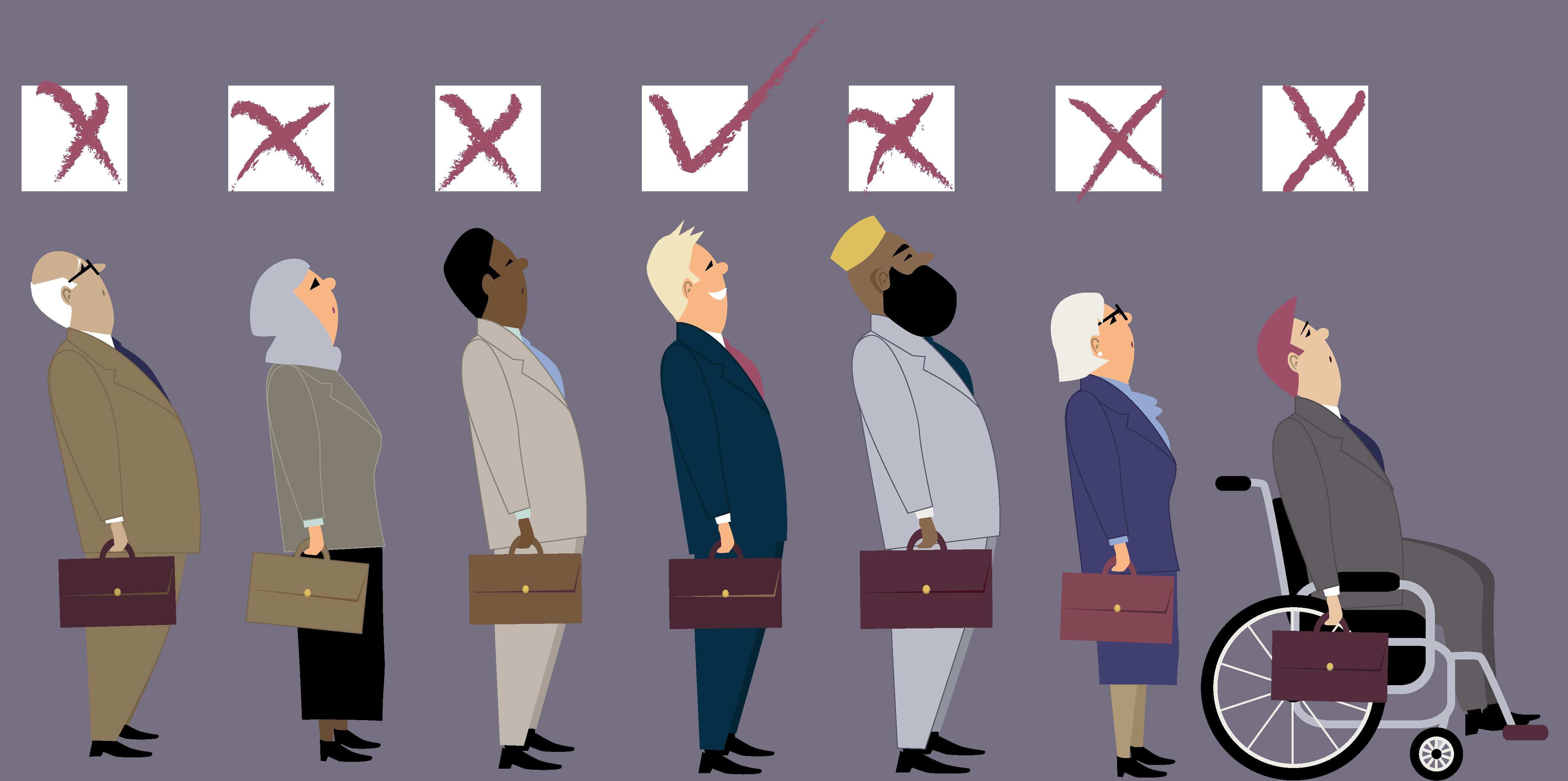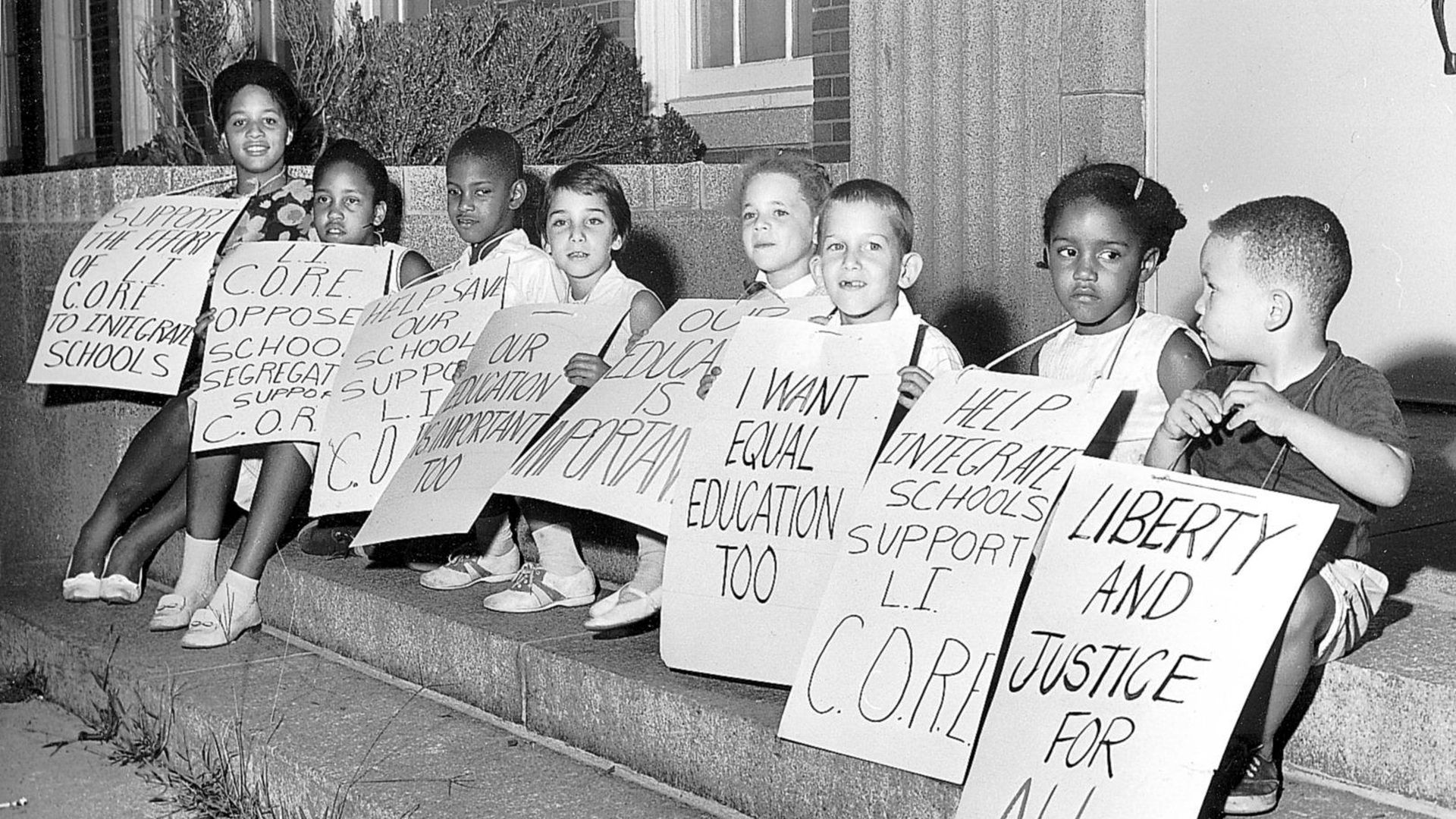Our world and our community are damaged, no matter how hard we try to improve our educational system, there will always be people who only seek their own benefit, people who do not accept that there are different cultures and that all are welcome, people who do not give them the opportunity for new generations to demonstrate their capabilities or grow as human beings.
This picture displays protestors calling for equality. Section Five of "School: The Story of American Public Education'' discussed the problems of equity and segregation in the educational system. Cuban talks about the history of racial segregation in schools, focusing on the Civil Rights Movement and the famous Supreme Court decision Brown v. Board of Education. He looks at the persistent difficulties in establishing true equality in education, pointing out that racial and socioeconomic inequalities still exist in many public schools in the nation despite legislative successes. Cuban stresses the significance of resolving these differences and advancing the cause of a more egalitarian and inclusive educational system. He states, "Reformers have long sought to improve schooling for minorities and the poor, but the entrenched power of the middle class, and the deeply ingrained social and cultural beliefs about race, ethnicity, and poverty have blocked their efforts" (Cuban, 2017, p. 2). Cuban emphasizes the difficulties of attaining full equality in education and the continual fight to remove obstacles that uphold injustice and division through his perspective.



No comments:
Post a Comment